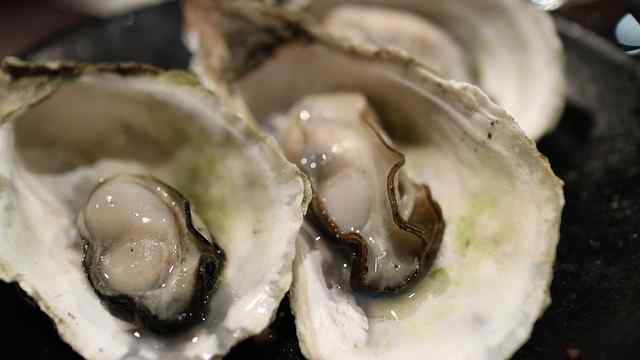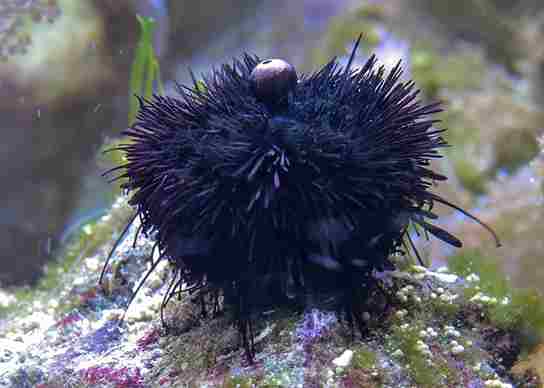Do Oysters Have Eyes? (EXPLAINED!!)
Although oysters are a cherished seafood, most people know little about them. A common question often asked is whether oysters possess eyes.
While this might sound simple, it is a little deeper than that. And that is because your conception of eyes is not the same as it is for these sea creatures.
Don’t worry, I will be addressing all that in this article. So, do oysters possess eyes?

Does Oyster Have An Eye?
Although oysters do not possess conventional eyes, they have structures that can detect light and darkness. These structures, referred to as ocelli or eyespots, are clusters of light-sensitive cells situated near the oyster’s mantle.
Despite the ocelli’s ability to detect variations in light and shadow, they are unable to form images or distinguish shapes.
Consequently, oysters do not possess authentic eyes like animals with complex visual systems, such as humans.
How do oysters see?
Just before we delve into how oysters see, it will help to know a bit about their anatomy.
An Oyster’s Anatomy
Oysters are essentially bivalve mollusks. This means that they have two shells that protect their soft body. Their body comprises a muscular foot, a mantle (which secretes the shell), and gills for respiration and filter feeding.
Interestingly, oysters don’t have a centralized nervous system or a brain, but they do have a rudimentary nervous system that controls their sensory organs and muscular foot.
Eye spots: The oyster’s “eyes”
Oysters do not possess traditional eyes like many animals. Instead, they have eye spots along the edge of their mantle, which are specialized cells called photoreceptors. These eye spots are sensitive to light, helping the oyster detect changes in light levels and shadows.
While oysters cannot see images or colors, they can sense their surroundings through these simple light receptors.
How oysters sense their environment
An oyster’s vision is mainly concerned with detecting changes in light levels, which is critical for their survival. To illustrate this, an oyster can use its eye spots to sense when it’s being approached by potential predators, such as crabs or alligators. Based on this information, it can close its shell if it feels threatened. This helps to protect the soft body from harm.
Furthermore, oysters rely on their ability to detect light to determine the best time for reproduction. They release their eggs and sperm into the water during specific periods of the day, and these synchronized events are influenced by the changing light levels.
The limitations of oysters’ vision
While oysters’ vision is impressive in its simplicity, it has its limitations. The eye spots on an oyster are not capable of forming images, meaning that oysters can’t perceive details, shapes, or colors. This makes their vision much simpler than that of other marine creatures, such as shrimps and scallops.
However, oysters don’t need advanced vision to thrive in their environment. They are filter feeders, which means they don’t actively hunt for food. Instead, they passively filter water through their gills, capturing small particles and plankton as nourishment.
This method of feeding doesn’t require the use of sight, making their simple eye spots more than sufficient for their needs.
How many eyes does an oyster have?
Since oysters do not possess eyes, the question of how many eyes they have does not arise.
Oysters typically have multiple ocelli or eyespots, depending on their species and size. Some species may have up to four eyespots, while others may have just one or two. However, these eyespots cannot form images or recognize shapes like complex eyes found in other animals.
Located?
Ocelli or eyespots on oysters are situated near their mantle, generally on the upper part of the shell, and are typically small and hard to spot without magnification.
In Conclusion
Oysters do not have traditional eyes, but they have clusters of light-sensitive cells called ocelli or eyespots near their mantle. These structures can detect changes in light and shadow and send signals to the oyster’s ganglia, which controls its behavior. However, oysters cannot form images or recognize shapes. Additionally, oysters rely on chemosensors and touch to navigate their environment.
Let me know if you have any more questions about oysters and their vision.
More Interesting articles:





